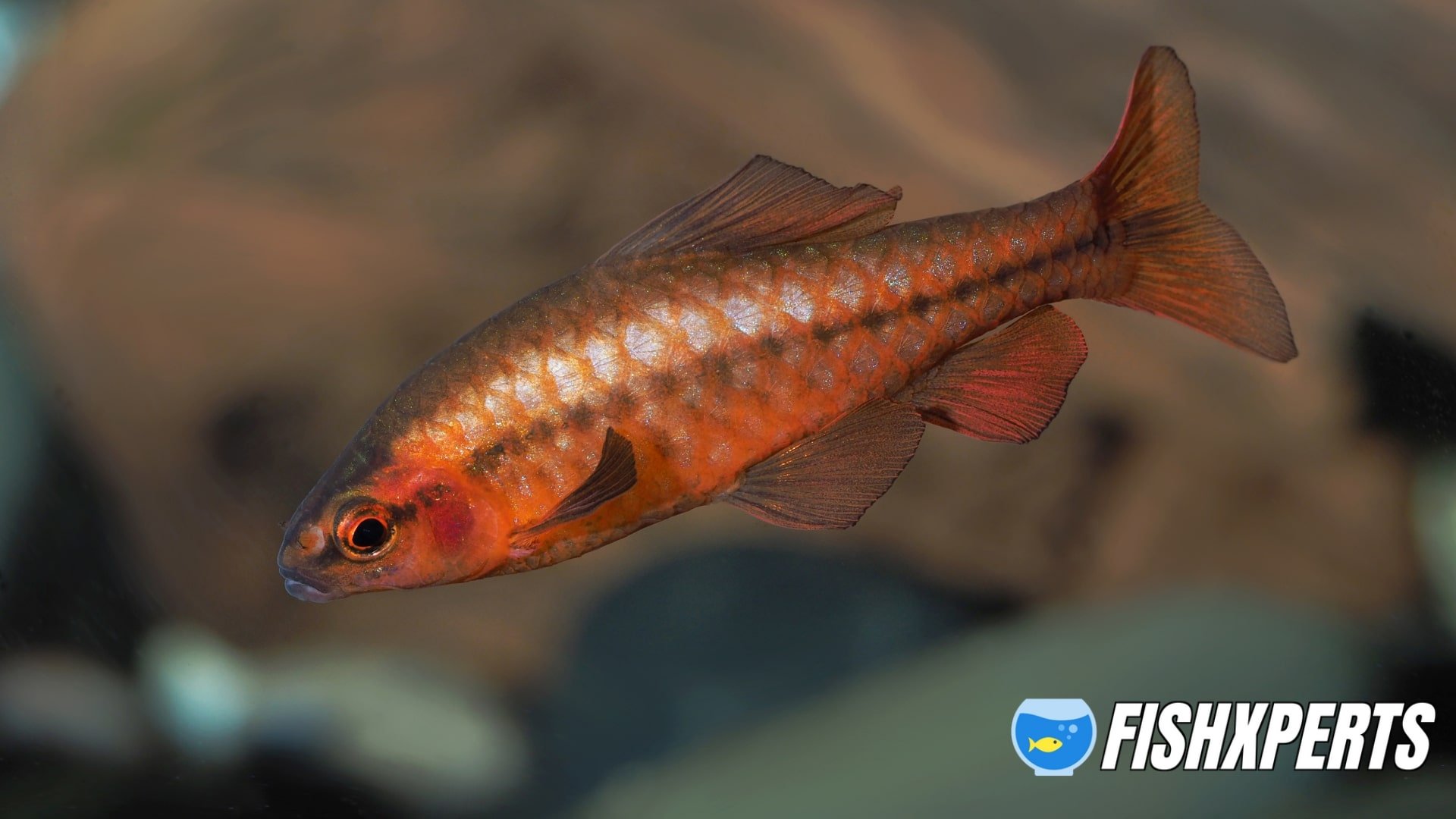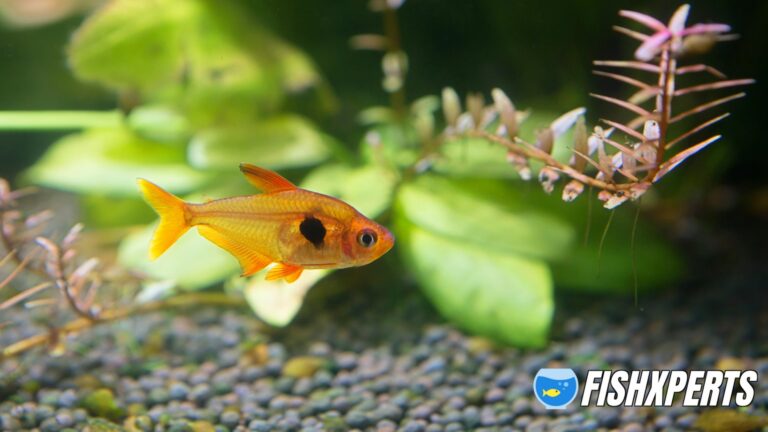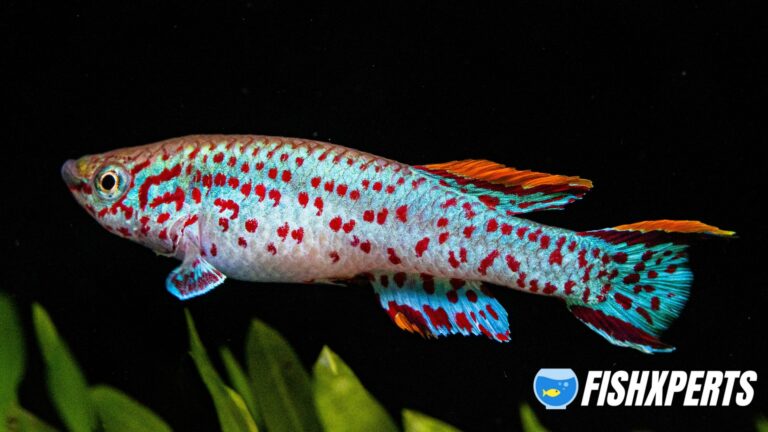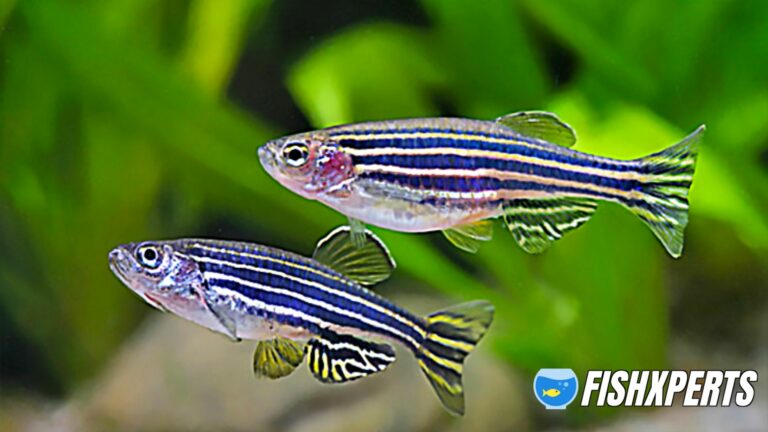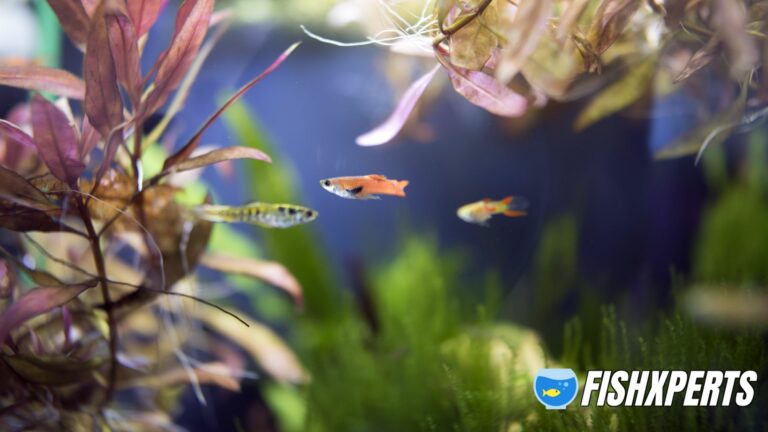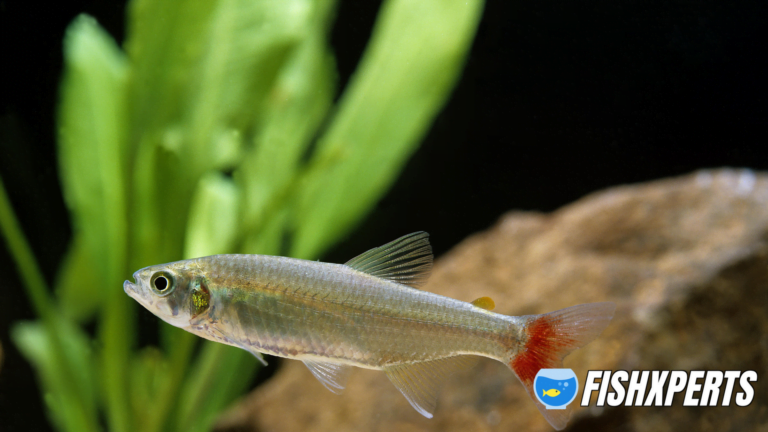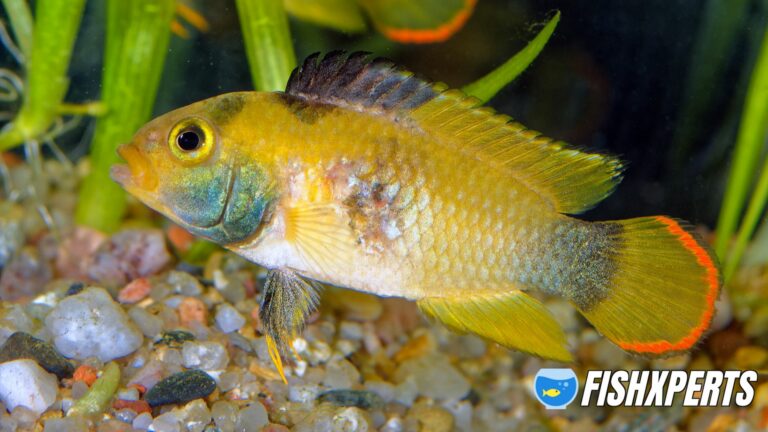Cherry Barb Care
Overview
The cherry barb (Puntius titteya) is a small freshwater fish native to Sri Lanka. It is a popular aquarium fish and is often kept in community tanks. The cherry barb is a peaceful fish that is easy to care for and can live for up to 10 years.
The cherry barb is a small, reddish-brown fish that grows to a maximum of 3 inches (7.5 cm) in length. The body is slender and the scales are small. The fins are reddish-orange and the tail is forked. The cherry barb is a peaceful fish that is easy to care for and can live for up to 10 years.
The cherry barb is a popular aquarium fish and is often kept in community tanks. It is an omnivore and will eat a variety of foods, including pellets, flakes, live, and frozen foods. The cherry barb is a social fish and does best when kept in groups of 6 or more.
The cherry barb is a native of Sri Lanka where it inhabits streams and rivers. It is an adaptable fish and can tolerate a range of water conditions. The cherry barb is a popular aquarium fish and is often kept in community tanks. It is an easy fish to care for and can live for up to 10 years.
Lifespan
The lifespan of a cherry barb is typically 4-5 years, although some individuals have been known to live up to 10 years. The oldest recorded cherry barb was 8 years old. Cherry barbs are relatively long-lived for a small fish, and their lifespan can be extended even further with proper care.
Appearance
The cherry barb is a small, freshwater fish that is native to Sri Lanka. The fish is named for its bright red coloration, which is most pronounced in the males. Females are typically a duller red, or even brownish-red. Both sexes have a black stripe that runs along the length of the body, from the snout to the base of the tail. The cherry barb is a relatively peaceful fish that is well-suited to life in a community aquarium.
Fish Size
Cherry barb care is important to ensure your fish stay healthy and thrive in their environment. One key aspect of care is ensuring your fish are the appropriate size for their home.
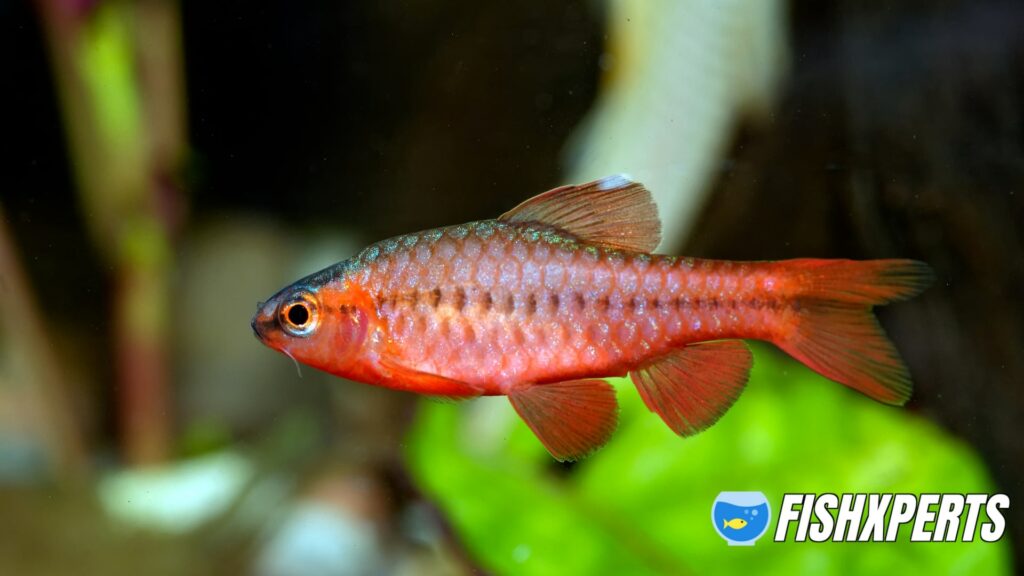
Cherry barbs are a small species of fish, typically only growing to be about 2-3 inches in length. Because of their small size, they should only be kept in an aquarium that is at least 10 gallons in size. If you have a smaller aquarium, you may be able to keep a pair of cherry barbs, but it is best to err on the side of caution and choose a larger aquarium.
When choosing fish for your aquarium, be sure to research their adult size so you can provide them with the appropriate home. A little bit of planning now will save you a lot of headache down the road!
Tank Size
The Cherry Barb is a peaceful fish that can do well in a community aquarium. They are active swimmers and prefer to have plenty of space to swim. A minimum tank size of 10 gallons is recommended, with 20 gallons being ideal. Larger tanks will allow the Cherry Barb to display their natural schooling behavior and provide them with more space to swim.
Water Parameters –
As an aquarium and fishkeeping expert, one of the most important things you can do to ensure the health and wellbeing of your cherry barbs is to maintain proper water parameters. This means keeping the water temperature, pH, hardness, and other factors within the ideal ranges for the species.
Water temperature is perhaps the most critical factor, as cherry barbs are tropical fish and cannot tolerate cold water. The ideal range for cherry barbs is 76-82 degrees Fahrenheit, so a good quality aquarium heater is a must.
pH is another important factor to consider, as cherry barbs prefer slightly acidic to neutral water. The ideal pH range for cherry barbs is 6.5-7.5.
Hardness is also important, as cherry barbs prefer soft to medium hardness water. The ideal hardness range for cherry barbs is 4-8 dGH.
In addition to temperature, pH, and hardness, you also need to maintain proper levels of ammonia, nitrites, and nitrates in the water. Ammonia and nitrites should be at zero, while nitrates should be below 20 ppm.
By maintaining proper water parameters, you can ensure that your cherry barbs stay healthy and thrive in your aquarium.
Setting Up The Tank For Cherry Barbs
When setting up a tank for cherry barbs, it is important to create a habitat that closely resembles their natural environment. Cherry barbs are native to Sri Lanka and prefer habitats with plenty of vegetation and hiding places. In the wild, cherry barbs inhabit slow-moving streams and rivers with sandy bottoms.
To recreate this habitat in your aquarium, use a sandy substrate and plenty of live plants. Cherry barbs do well in planted tanks and will often graze on algae. Aquarium plants also provide hiding places for cherry barbs and help to create a more natural environment.
When choosing plants for your aquarium, be sure to select species that are suitable for the water conditions you will be keeping your cherry barbs in. Cherry barbs prefer slightly acidic water with a pH of 6.5-7.0.
When setting up the tank, it is important to add plants and decorations before adding your cherry barbs. This will give the plants a chance to establish themselves before the barbs start grazing on them. Be sure to acclimate your cherry barbs to their new environment slowly to avoid stress.
Disease Potential
Cherry barbs are relatively hardy fish, but like all fish they are susceptible to a number of diseases. Some of the more common diseases that can affect cherry barbs include:
*Ich: Also known as white spot disease, ich is a common parasitic infection that can affect cherry barbs. Ich is caused by a single-celled parasite that attaches to the fish’s skin and gills, causing irritation and inflammation. Ich can be treated with a number of different medications, but prevention is the best cure.
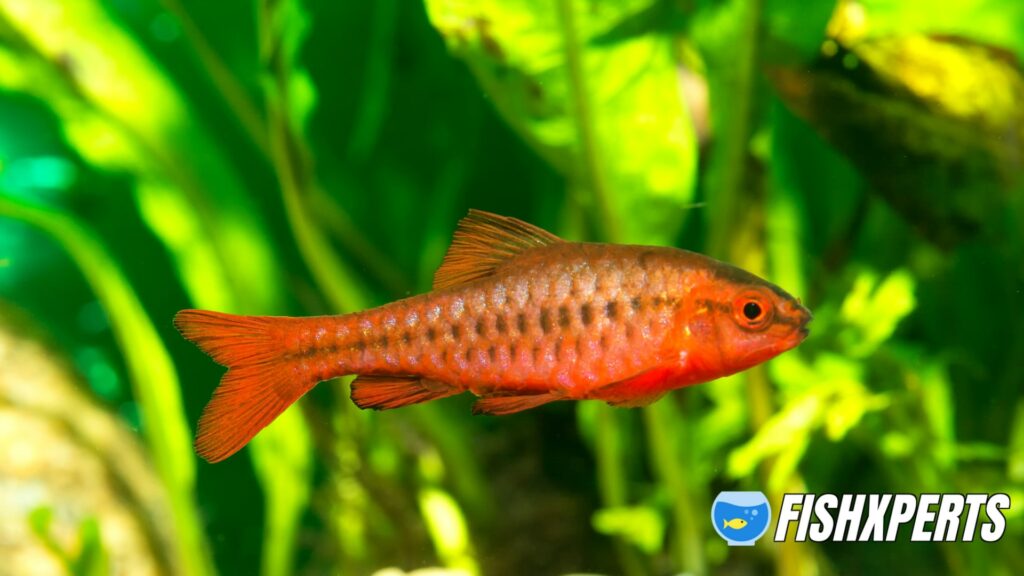
*Hole in the Head Disease: This disease is caused by a parasitic infection that results in small, crater-like lesions on the fish’s head. Hole in the head disease is difficult to treat and can be fatal if left unchecked.
*Velvet Disease: Velvet disease is another parasitic infection that causes a powdery, yellowish growth on the fish’s body. Velvet disease is often fatal if left untreated.
Fortunately, many of these diseases can be prevented with proper care and maintenance of the aquarium. Regular water changes and careful selection of fish for the aquarium can help to keep your cherry barbs healthy and disease-free.
Food & Diet
Cherry barbs are mostly omnivorous, but prefer a diet that is heavier in plant matter. In the wild, they will primarily eat algae, small insects, and crustaceans. In the aquarium, they will accept a variety of foods including flakes, pellets, freeze-dried foods, and live foods.
It is important to provide them with a varied diet to ensure good health. They are particularly fond of green foods such as blanched spinach, lettuce, and zucchini. They will also readily eat live foods such as brine shrimp, daphnia, and bloodworms.
As with all fish, it is important to not overfeed them. A good rule of thumb is to only feed them as much as they can eat in a minute. Any uneaten food should be removed from the aquarium to prevent water quality issues.
Behavior & Temperament
The Cherry Barb is a peaceful fish that is active and lively. It is a good community fish that does well with other peaceful fish. The Cherry Barb is not aggressive and is not known to nip fins. It is a good beginner fish. It is a hardy fish and can adapt to a wide range of water conditions. The Cherry Barb is a good choice for a community aquarium.
The Cherry Barb is an omnivore and will eat a wide variety of foods. It is a good idea to provide a variety of foods to keep the Cherry Barb healthy. A good diet for the Cherry Barb includes: flakes, pellets, frozen, and live foods.
Cherry Barb Tank Mates
Cherry barbs are peaceful fish that make great tank mates for other peaceful fish. They are also schooling fish, so they should be kept in groups of at least six.
Some good tank mates for cherry barbs include:
- neon tetras
- platies
- mollies
- endlers
Cherry barbs will also do well with other barbs, such as:
- tiger barbs
- golden barbs
- rosy barbs
Barbs can be nippy, so it is best to keep them with other peaceful fish. If you want to keep them with other barbs, it is best to keep them in even numbers so that they don’t fight.
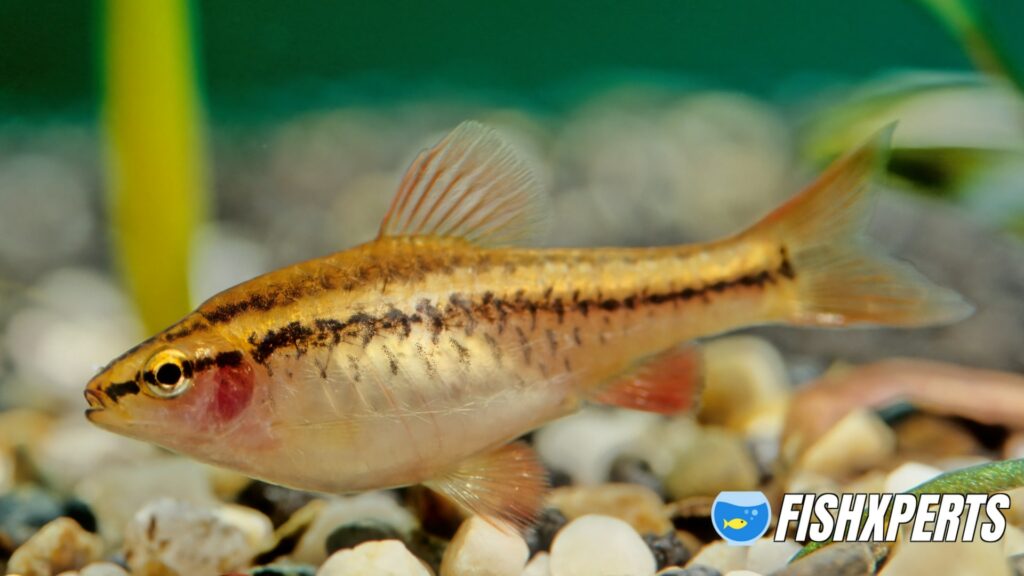
Cherry Barbs: Interesting Facts & Stats
- Cherry barbs are a peaceful, hardy fish that make a great addition to any community aquarium.
- They are relatively easy to care for and do well in a variety of water conditions.
- Cherry barbs are omnivorous and will accept a variety of food items, including flakes, pellets, and live/frozen foods.
- A group of at least 6 cherry barbs is recommended, as they are a social fish and do best in numbers.
- Cherry barbs are typically between 2-3 inches in length.
- The lifespan of a cherry barb is 5-7 years.
Breeding:
Cherry barbs are relatively easy to breed in captivity. They are egg-layers and will readily spawn in a well-aquarium with plenty of hiding places. A group of 6-8 cherry barbs is ideal for breeding purposes, with a ratio of 2-3 females to 1 male being ideal.
To induce spawning, the water in the breeding aquarium should be slightly acidic with a pH of 6.5-7.0 and a temperature of 72-78 degrees Fahrenheit. The addition of live plants and a fine-leaved moss such as Java moss will also help to entice the cherry barbs to spawn.
Once the cherry barbs are ready to spawn, the female will lay her eggs amongst the plants and moss, and the male will then fertilize them. The eggs will hatch after around 3-4 days, and the fry will be free-swimming a week later.
The fry can be fed on small live foods such as brine shrimp nauplii, or commercially available fry foods. They should be given several small meals per day, and growth rates can be accelerated by adding a small amount of aquarium salt to the water.
With proper care and feeding, cherry barbs will reach sexual maturity in around 6-8 months.
FAQ
How big do cherry barbs get?
Adult cherry barbs only grow to be about 2 inches long.
Are Cherry Barbs Good Community Fish?
Yes, cherry barbs are good community fish. They are peaceful and active, and make a great addition to any aquarium.
How Many Cherry Barbs Should Be Kept Together?
Cherry Barbs should be kept in groups of at least six, but ideally in even larger groups of ten or more. This will help them feel more secure and less stressed in their environment.
Do Cherry Barbs Need Heaters?
No, cherry barbs do not need heaters. They are a tropical fish and do best in an aquarium with a water temperature of 72-78 degrees Fahrenheit.
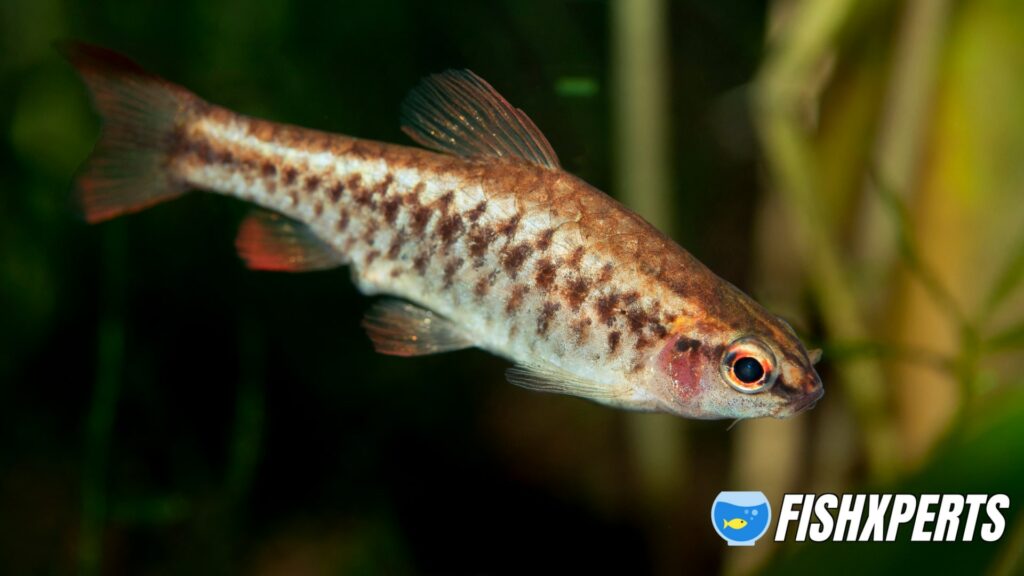
How Much Water Do Cherry Barbs Need?
Cherry barbs need at least 2.5 gallons of water per fish. They are a peaceful fish that does well in a community aquarium with other peaceful fish. They like to swim in all areas of the aquarium and prefer a planted aquarium with plenty of hiding places.
How often feed cherry barbs?
Cherry barbs are a type of freshwater fish that are native to Sri Lanka. They are a peaceful fish that do well in community tanks. Cherry barbs are omnivores and will eat a variety of foods, but they prefer live and frozen foods.
Cherry barbs should be fed two to three times per day. They should be given small amounts of food at each feeding so that they can eat all of it.
How long do Cherry Barb’s live for?
Cherry Barb’s are a freshwater fish and can live up to 8 years with proper care.
Do cherry barbs produce a lot of waste?
Yes, cherry barbs do produce a lot of waste. They are very active fish and produce a lot of waste in the form of ammonia and nitrites. If you have a lot of cherry barbs in your aquarium, you will need to do a lot of water changes to keep the water quality high.
Are cherry barbs aggressive fish?
No, cherry barbs are not an aggressive fish. They are a peaceful community fish that does well in a group.
How long can cherry barbs go without food?
Cherry barbs are a type of tropical fish that originates from Sri Lanka. In the wild, they typically live in slow-moving streams with plenty of vegetation. Cherry barbs are a peaceful fish that do well in community tanks. They are omnivores and in the wild, their diet consists of small insects, crustaceans, and plant matter.
Cherry barbs are a hardy fish and can go without food for a week or more. However, it is not recommended to withhold food from them for long periods of time as this can lead to health problems. If you need to leave your fish unsupervised for a week or more, it is best to feed them before you leave and then again when you return.
Final Thoughts
If you’re looking for a beautiful and active fish to add to your aquarium, the cherry barb is a great option. They’re relatively easy to care for and make a great addition to any community tank. While they can be a little nippy, they’re generally peaceful fish and get along well with other tank mates. So if you’re looking for a lively and vibrant fish to add to your aquarium, the cherry barb is a great choice.
Topics Covered

